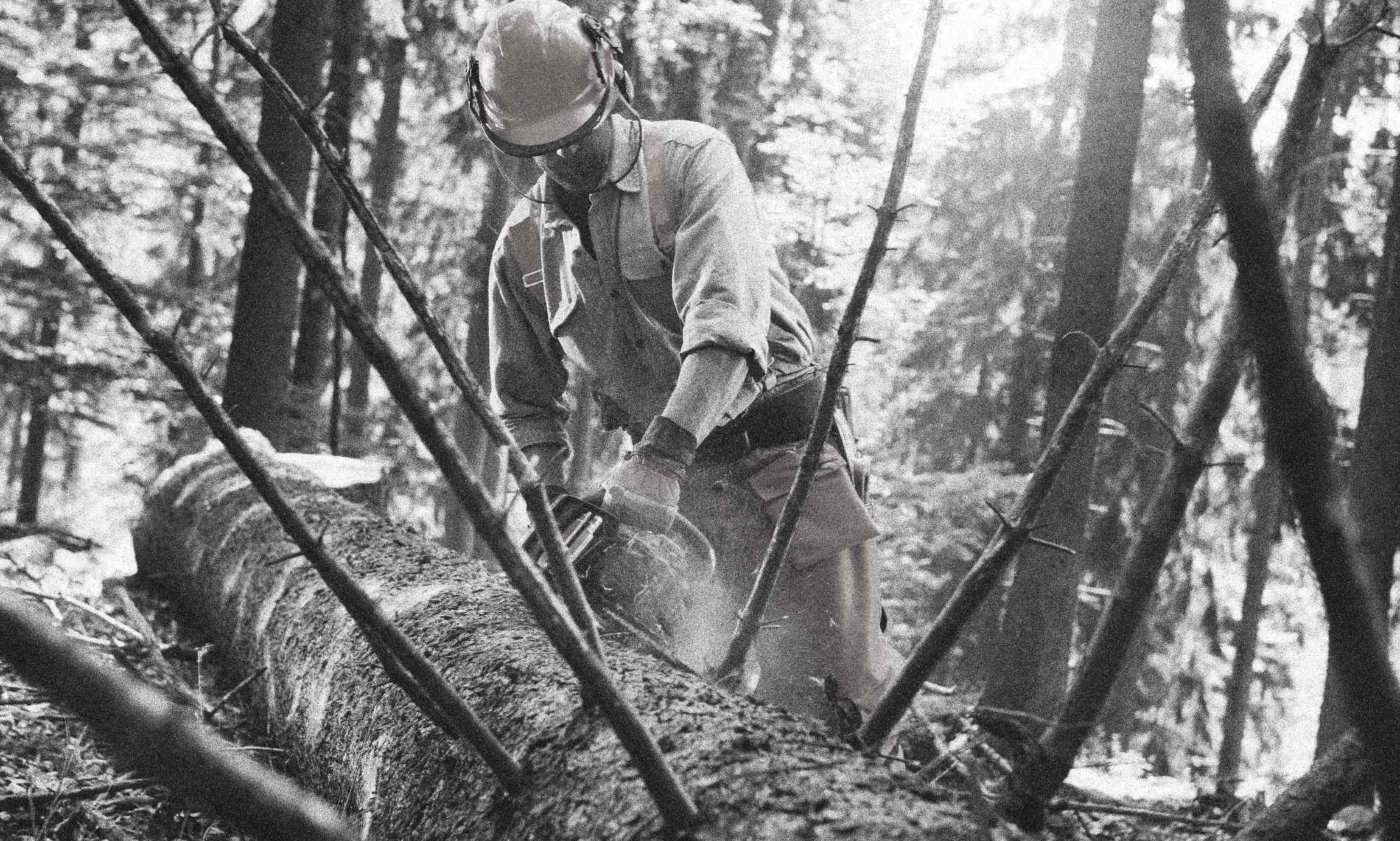Around six years ago now, I made a post here on ChainsawsToday about the most popular chainsaw brands of the year.
I think it’s time we update you guys, and see where we’re at in 2024!
As a reminder, there is a group called OPEI (Outdoor Power Equipment Institute) who periodically puts out data like this for the entire industry. That is my source.
Like last time, I want to lead with the actual cold hard facts, in tabular form, and then we can discuss some of the details.
2024 Chainsaw Market Share by Brand
| Brand | 2019 | 2020 | 2021 | 2022 | 2023 | 2024 |
|---|---|---|---|---|---|---|
| Stihl | 76.0% | 75.8% | 74.9% | 76.2% | 75.7% | 78.7% |
| Echo | 11.4% | 12.0% | 12.5% | 11.5% | 12.5% | 10.1% |
| Husqvarna | 11.6% | 11.0% | 11.3% | 11.2% | 10.7% | 10.4% |
| Makita | 0.2% | 0.3% | 0.3% | 0.3% | 0.3% | 0.2% |
| Shindaiwa | 0.3% | 0.3% | 0.3% | 0.2% | 0.2% | 0.2% |
| Ego | 0.1% | 0.3% | 0.3% | 0.2% | 0.2% | 0.0% |
| RedMax | 0.1% | 0.1% | 0.2% | 0.2% | 0.1% | 0.1% |
| Greenworks | 0.0% | 0.1% | 0.1% | 0% | 0.1% | 0.1% |
| Toro | 0% | 0% | 0% | 0.1% | 0.1% | 0.1% |
| Oregon | 0.1% | 0% | 0% | 0% | 0% | 0% |
| DeWalt | 0% | 0% | 0% | 0% | 0.1% | 0% |
| Jonsered | 0% | 0% | 0% | 0% | 0% | -- |
Chainsaw Brand Popularity Data
This is a little tricky. Don’t let me bore you or lose you.
The OPEI surveys a given number of customers who have recently purchased various outdoor power equipment.
This could be chainsaws (pertinent to our discussion here), or a tractor, or a mower, etc.
In the survey, they ask the participants what brand they bought. Typically, the consumer gets back to them with a specific brand, or in some regrettable cases they simply answer “I don’t know”.
I have joked before about people buying a chainsaw and not even knowing what brand it is. I’m sure you find that surprising. I know I do. but it happens.
Sometimes when folks answer, they might misspell or mispronounce a brand. Or in all honesty, the survey may catch them by surprise and they may forget which brand and just write the wrong one down.
Because of some of these inherent inaccuracies, let’s assume any brands within a few percentage points of each other are roughly equivalent.
One last thing, not much data has been published for 2024 yet, so there is plenty that could change between now and the end of the year.
Stihl Chainsaw Popularity
Stihl is still the most popular brand of chainsaw in North America.
They are head and shoulders above their nearest competitor. And with several years of data shown in the chart, you can see they have maintained this market dominance for quite some time.
Stihl has quite a marketing machine, and this contributes to their success. They’ve also had some successful product launches that has driven their popularity in the last few years.
Echo Chainsaw Popularity
Although a distant second place, Echo has been chasing market share for years.
I reviewed their CS-590 Timberwolf not too long ago, and thought it was a great product. They have a compelling lineup, with plenty of solid entries.
Their 20″ 60cc model is fairly popular, but I don’t actually know of a single Echo saw that is crappy.
Husqvarna Chainsaw Popularity
Husqvarna is more or less tied with Echo for second place.
In years past, Husqvarna also manufactured Jonsered, RedMax, and Poulan Pro saws. In that way, it may give them an edge over Echo just in terms of yearly volumes and overall popularity.
Although I have used Husqvarna saws on and off since I was old enough to help my dad and grandfather cut wood, I have never posted a review of one here on the website. Note to sell- remedy this situation!
But Husqvarna is also known for selling tons of gear, and I did review their protective apparel kit a few years ago – find details here.
I will wrap it up there.
I was checking out the data from OPEI and thought I would keep you guys in the loop.
